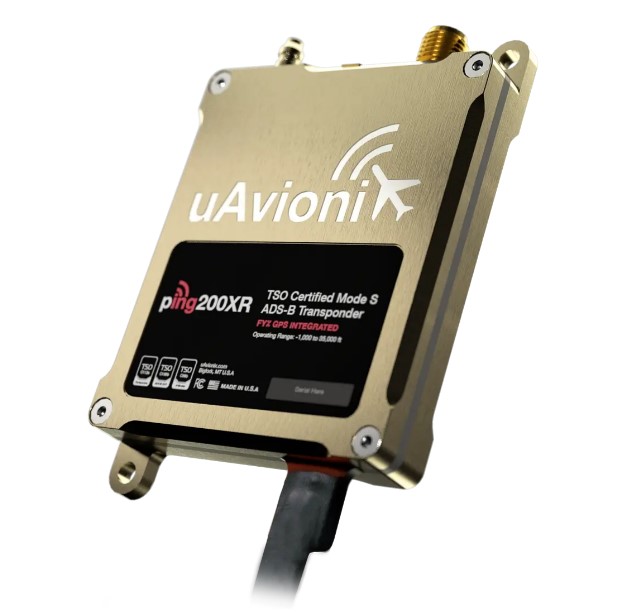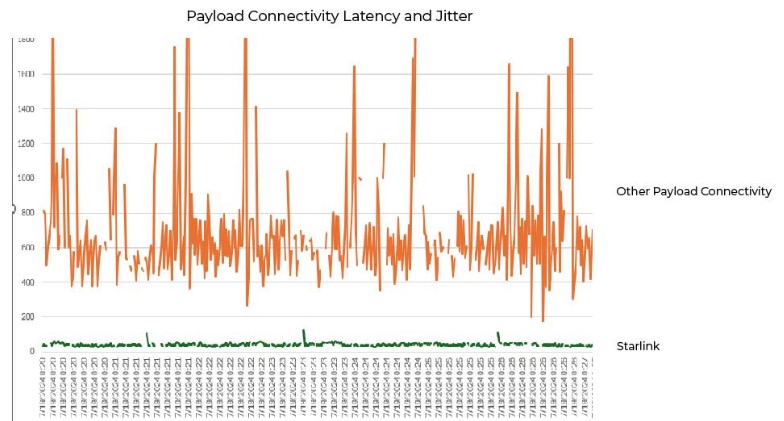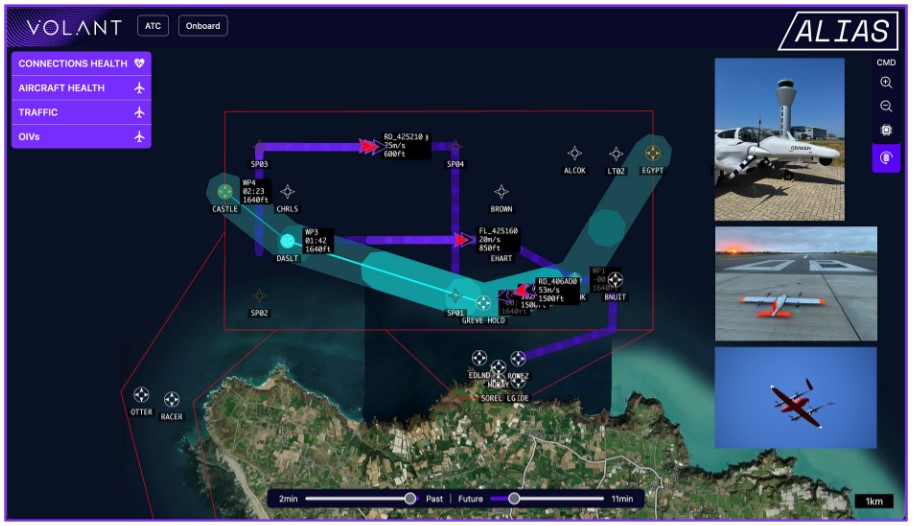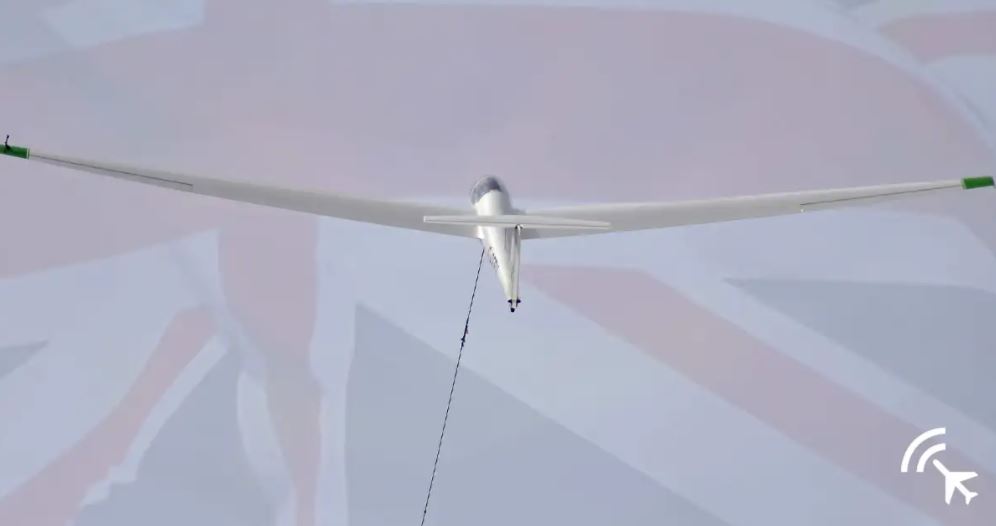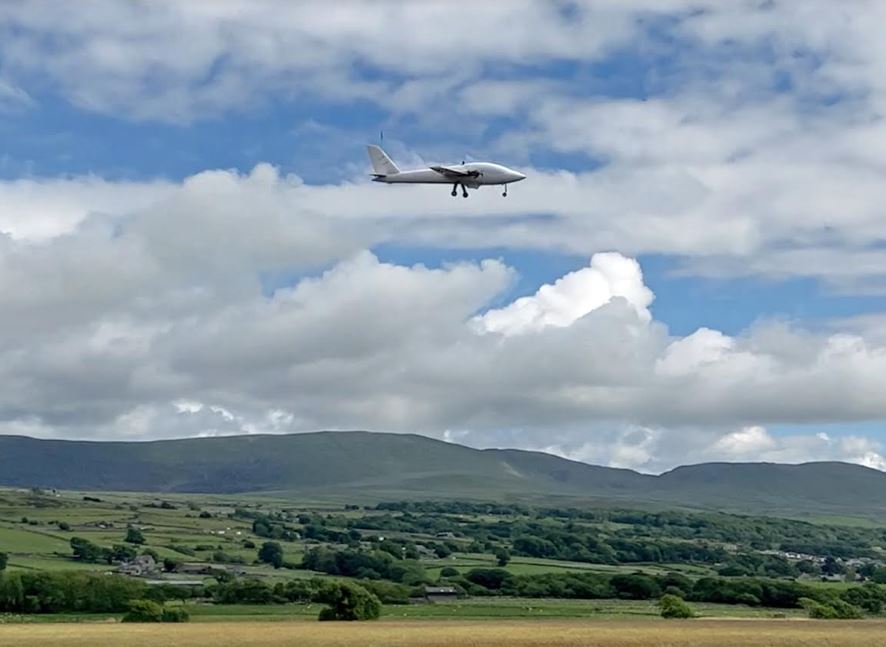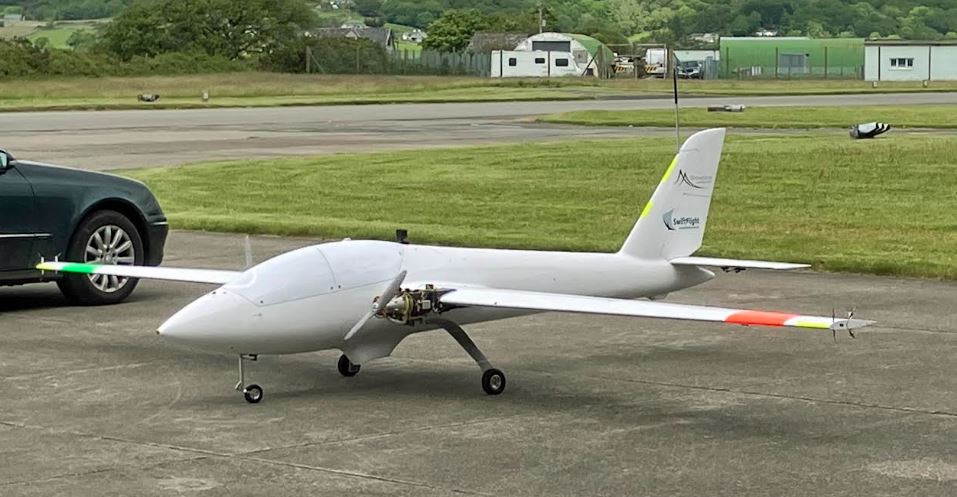In recent years, the use of drones in emergency response has revolutionized the way first responders handle critical situations. Among the cutting-edge technologies enabling this transformation is uAvionix’s Casia G. As a key component of Drone as a First Responder (DFR) programs, Casia G detects aircraft flying around drone operations, allowing potential collisions to be avoided. To support the growth of these public safety programs, uAvionix is excited to announce a significant development: the Casia G will soon support nighttime operations, broadening its utility and effectiveness for emergency services.
The applications of Casia G are diverse, including supporting inspections of construction sites and critical infrastructure, as well as monitoring rail yards and solar farms. However, its most impactful use is in DFR programs. When an emergency call is made, having a drone on the scene first provides invaluable situational awareness to police, fire, and emergency services, ensuring a more efficient and safer response.
Casia G is foundational to the enablement of DFR programs, facilitating rapid deployment of drones to emergency scenes. The system alerts operators to nearby aircraft and allows them to safely operate drones beyond visual line of sight (BVLOS) without the need for human visual observers. This means that drone pilots can rapidly launch and control the aircraft from remote locations prior to responders arriving on the scene with full approval from the Federal Aviation Administration (FAA).
“Casia G has become a critical piece of infrastructure, enabling organizations to fly BVLOS without human visual observers,” explains Jason Hardy-Smith, VP of Product at uAvionix. “This allows DFR drone pilots to be remote from the UAS during flight and expedites the time from when an emergency call comes in to when a drone is on-site and providing better situational awareness to emergency responders.”
Currently, Casia G operates effectively from half an hour after sunrise to half an hour before sunset. However, recognizing that many emergencies occur at night, uAvionix has prioritized the development of nighttime capability. Drew Swift of the Sacramento Sheriff’s Office elaborates, “Crime doesn’t stop when it gets dark. In fact, a very high percentage of serious crime occurs after the sun sets. UAS are a critical tool in our arsenal to react in an efficient and timely manner to 911 calls, providing us the situational awareness to protect both the public and officers. As such, having DAA [Detect and Avoid] capabilities 24/7 is absolutely necessary.”
The upcoming nighttime functionality, slated for release in October 2024, is an exciting advancement. The existing hardware and cameras will be used, leveraging built-in GPS to determine the precise time of dusk at each location. As darkness falls, Casia G will automatically switch to night mode, adjusting camera settings and utilizing a new algorithm designed to detect navigation and anti-collision lights on an aircraft.
As seen in the following video, the algorithm has demonstrated impressive capabilities, with initial performance reports indicating that the detection range at night will be equal to or even surpass that of daytime operations. “All in all, it’s a really exciting development. We found that we’re able to use the same hardware and cameras as our daytime solution,” Hardy-Smith notes. “With just a software update, we’ll be able to bring nighttime detection of aircraft to Casia G customers, and we’ll be delivering it this October.”
The introduction of nighttime operations for Casia G will significantly enhance the effectiveness of DFR programs, ensuring that drones can provide critical situational awareness regardless of the time of day. This development underscores uAvionix’s commitment to advancing drone technology to meet the evolving needs of emergency services, making communities safer and response times faster.
As we approach the launch of this groundbreaking feature, uAvionix continues to lead the way in integrating innovative solutions into public safety operations. Stay tuned for more updates as we get closer to October 2024, and witness firsthand how Casia G is transforming DFR programs across the nation.


